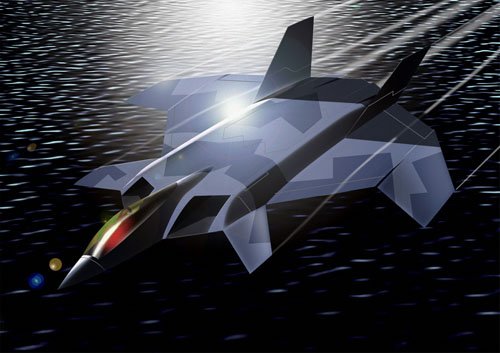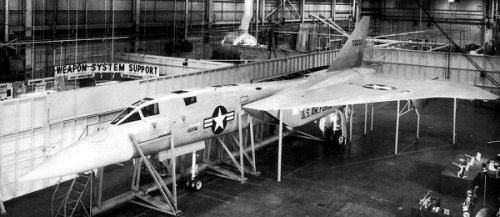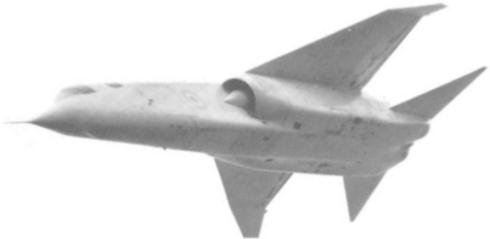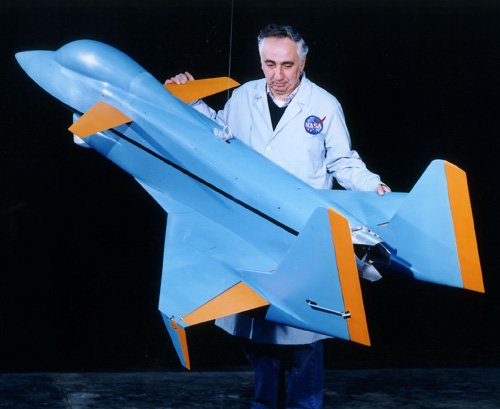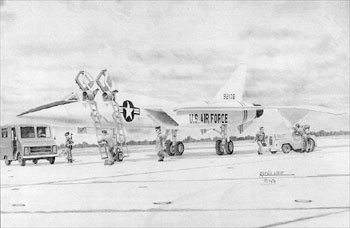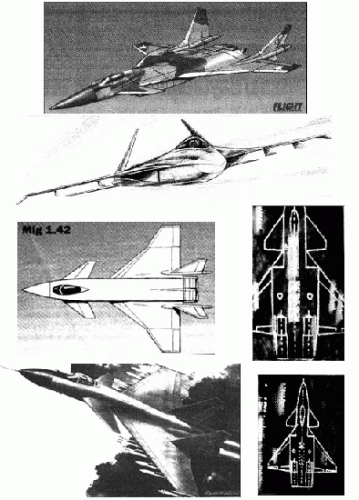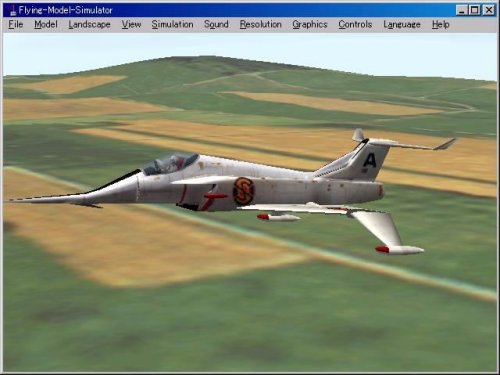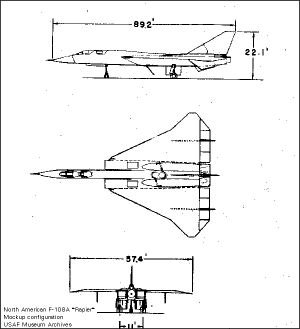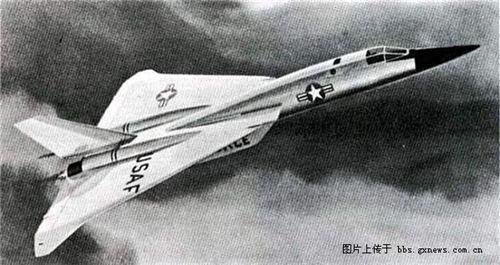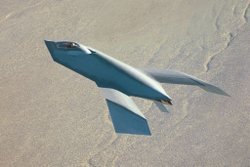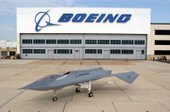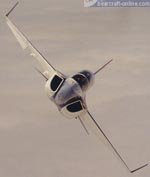Woody
Passionate about the advancement of technology
I know subsonic transports often have dihederal wings to counteract the side slip yaw effect of large tail surfaces or something but can anyone tell me the point of downturner outer wings on fast jets. I know (or think I know) the XB-70 had fold down tips to trap the supersonic shock wave against the wedge shaped fuselage for compression lift but why did planes like the F-108 Rapier and TSR-2 have them in a moderate form? Are there any advantages to be had as I think they're cool.
Cheers, Woody (first post after intro)
Cheers, Woody (first post after intro)

